Unfortunately, many shops sell fake Palo Santo wood and oils.
They buy a similarly coloured tree and try to pass it off as being Palo Santo. If you’re wondering if what you purchased is real Palo Santo, it’s a bit tricky to tell. You should only buy if you know where it is sourced, and if it is real (ethically sourced). Buying fake Palo Santo will only contribute to the issues the sacred tree is facing – and we don’t need this issue now or in the future.
Fake Wood:
-
Burns very quickly
-
Does not have the same musky smell
-
Stays lit for much too long.
Real Wood:
-
Only stays lit for 10 – 15 seconds before going out, and then will continue to smoke.
-
Has a bit of a sweet-musk smell, instead of just smelly like burning wood.
-
Is very fragrant.
-
Additionally, it’s a very soft wood and is easy to break a piece off of.
It’s also possible to purchase real Palo Santo, but it doesn’t ‘smell right.’ This happens when it’s unethically sourced. Trees that are cut down and used to burn do not have the same oils or smell as those sourced ethically. The tree-fall is what you should be purchasing because 1) it’s sourced ethically 2) it’s what smells good!
If it isn’t fragrant, doesn’t break easily, burns too long or just smells like straight-up trees, you probably purchased fake Palo Santo. Ask your local shops if they buy fake Palo Santo, or if it is ethically sourced. They should be able to tell you where they purchased it from, and their expression will probably tell you everything you need to know about their practice!
Where to buy ethically sourced Palo Santo
The most reliable place is Earthsgifts2u.com to purchase this amazing tree. As the family has been processing this wonderful tree for many generations.
Only naturally dead branches and trunks are processed, without cutting down any living trees, damaging the surrounding area or making new paths. There is no harvesting of Palo Santo, but recollecting of naturally dead Palo Santo. We also have resources to help teach others about how to properly harvest naturally dead Palo Santo (and teach to NOT cut it down.)
You may also be able to purchase locally from your shops. Inquire where they purchase it from or if they know anything about how it’s sourced. An eco-friendly shop worth its salt would know where their product was coming from, how it was acquired, etc. This is something they should care about, you should care about, and we all should be better informed.










